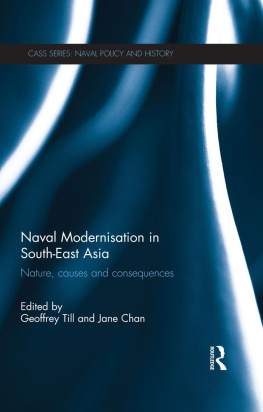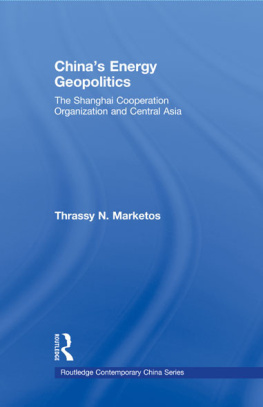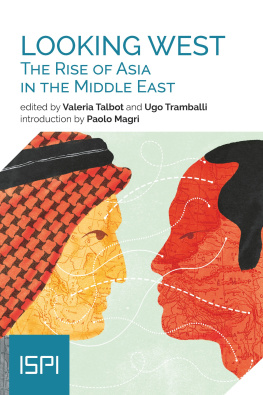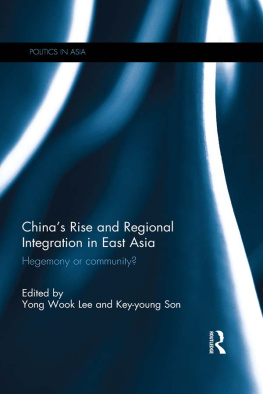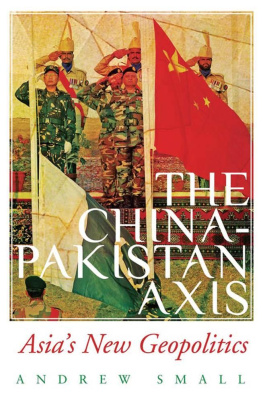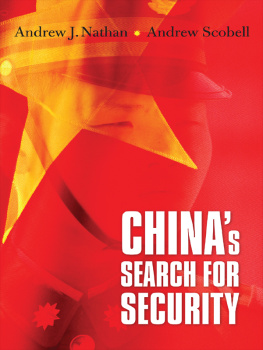
THE WALTER H. SHORENSTEIN ASIA-PACIFIC RESEARCH CENTER
Studies of the Walter H. Shorenstein Asia-Pacific Research Center
Andrew G. Walder, General Editor
The Walter H. Shorenstein Asia-Pacific Research Center in the Freeman Spogli Institute for International Studies at Stanford University sponsors interdisciplinary research on the politics, economies, and societies of contemporary Asia. This monograph series features academic and policy-oriented research by Stanford faculty and other scholars associated with the Center.
ALSO PUBLISHED IN THE SHORENSTEIN ASIA-PACIFIC RESEARCH CENTER SERIES
Rebranding Islam: Piety, Prosperity, and a Self-Help Guru
James Bourk Hoesterey (2015)
Global Talent: Skilled Labor as Social Capital in Korea
Gi-Wook Shin and Joon Nak Choi (2015)
Failed Democratization in Prewar Japan: Breakdown of a Hybrid Regime
Harukata Takenaka (2014)
New Challenges for Maturing Democracies in Korea and Taiwan
Edited by Larry Diamond and Gi-Wook Shin (2014)
Spending Without Taxation: FILP and the Politics of Public Finance in Japan
Gene Park (2011)
The Institutional Imperative: The Politics of Equitable Development in Southeast Asia
Erik Martinez Kuhonta (2011)
One Alliance, Two Lenses: U.S.-Korea Relations in a New Era
Gi-Wook Shin (2010)
Collective Resistance in China: Why Popular Protests Succeed or Fail
Yongshun Cai (2010)
The Chinese Cultural Revolution as History
Edited by Joseph W. Esherick, Paul G. Pickowicz, and Andrew G. Walder (2006)
Ethnic Nationalism in Korea: Genealogy, Politics, and Legacy
Gi-Wook Shin (2006)
Prospects for Peace in South Asia
Edited by Rafiq Dossani and Henry S. Rowen (2005)
The New Great Game
CHINA AND SOUTH AND CENTRAL ASIA IN THE ERA OF REFORM
Edited by Thomas Fingar
Stanford University Press
Stanford, California
Stanford University Press
Stanford, California
2016 by the Board of Trustees of the Leland Stanford Junior University.
All rights reserved.
No part of this book may be reproduced or transmitted in any form or by any means, electronic or mechanical, including photocopying and recording, or in any information storage or retrieval system without the prior written permission of Stanford University Press.
Printed in the United States of America on acid-free, archival-quality paper
Library of Congress Cataloging-in-Publication Data
The new great game : China and South and Central Asia in the era of reform / edited by Thomas Fingar.
pages cm (Studies of the Walter H. Shorenstein Asia-Pacific Research Center)
Includes bibliographical references and index.
ISBN 978-0-8047-9604-0 (cloth : alk. paper) ISBN 978-0-8047-9763-4 (pbk. : alk. paper)
1. South AsiaForeign relationsChina. 2. ChinaForeign relationsSouth Asia. 3. Asia, CentralForeign relationsChina. 4. ChinaForeign relationsAsia, Central. 5. ChinaForeign relations1976 I. Fingar, Thomas, editor. II. Series: Studies of the Walter H. Shorenstein Asia-Pacific Research Center.
DS341.3.C5N47 2016
327.51054dc23
2015014221
ISBN 978-0-8047-9764-1 (electronic)
Typeset by Newgen in 11/14 Garamond
Contents
Thomas Fingar
Thomas Fingar
S. Paul Kapur
Hu Shisheng
Srikanth Kondapalli
Syed Rifaat Hussain
Swaran Singh
Zhao Huasheng
Saman Kelegama
Sebastien Peyrouse
Igor Torbakov
Vivek Arora, Hui Tong, and Cristina Constantinescu
Thomas Fingar
Figures, Map, and Tables
FIGURES
MAP
TABLES
Acknowledgments
This volume, like all successful endeavors, has many parents. Each contributed in a unique way, but all contributions were essential. No individual scholar could have produced the insightful analyses of so many and so diverse dyadic and multiparty interactions, and any attempt to identify and explain spatial and temporal patterns, trends, and linkages would perforce be severely limited without high-quality case studies. This was a team effort, and I acknowledge, albeit inadequately, the important contributions of each member of the team.
The genesis of the project was an invitation from the Shorenstein Asia-Pacific Research Centers director, Gi-Wook Shin, to propose new ways to examine changing relationships in Asia and between Asian countries and other portions of the globe. His invitation spurred me to write down a number of observations about Chinas increasing engagement with other regions, sources, of dissatisfaction with existing explanations of what was happening and where it was headed, and an initial list of questions for empirical research. Over the next few months, Gi-Wook, Shorenstein APARC Associate Director for Research Dan Sneider, and APARC colleagues Mike Armacost, David Straub, Karl Eikenberry, Harry Rowen, and Don Emmerson critiqued and commented on successive drafts with the shared goal of developing a research strategy that, if successful, would significantly enhance our understanding of Chinas role and limitations in the global order. I am deeply grateful for their insights, suggestions, and frank and sincere criticism.
The project would have remained just an idea without the funding from APARC that made it possible to commission papers and convene meetings to talk through what we hoped to accomplish and to begin integrating the results of the research and synthesis undertaken by each of the contributors. Without funding, even the best research proposal is simply an interesting idea. Thanks to Gi-Wook, Dan, and Shorenstein APARC, this idea became a reality.
Dan Sneider and Rafiq Dossani (formerly at APARC and now with the Rand Corporation) were especially helpful in identifying potential contributors on and from the region and in explaining what we hoped to accomplish. The project continued to evolve through the process of explanation and responding to questions from potential and, later, actual contributors. Those who eventually authored chapters for this volume were, of course, indispensable for its success. Their backgrounds and affiliations are given at the beginning of the book, but I would be remiss not to list their names in this section as well. Thanks go to the contributors, without whom we could not have produced this book: Vivek Arora, Cristina Constantinescu, Hu Shisheng, Rifaat Hussain, Paul Kapur, Saman Kelegama, Srikanth Kondapalli, Sebastien Peyrouse, Swaran Singh, Hui Tong, Igor Torbakov, and Zhao Huasheng.
APARC colleagues Debbie Warren, Irene Bryant, and Wena Rosario were indispensible and indefatigable in managing correspondence and meeting arrangements, as was Tracy Hill, my incredible assistant based in the Center for International Security and Cooperation. Thank you all. APARC editor George Krompacky saved me repeatedly from computer errors that threatened to destroy large chunks of text and, more importantly, worked with the contributors to ensure that all graphics were in the correct format and file types. The final text is much better thanks to his efforts.
Shepherding the book through the editorial process required and benefitted from the efforts of APARC series editor Andy Walder, Stanford University Press editor Geoffrey Burn, and Stanford University Press editorial assistant James Holt. It was a pleasure working with them, and I appreciate their confidence in the project.
The contributions of all were essential, but I alone am responsible for the generalizations in . Others may, and I trust do, share many of the judgments expressed there, but they do not share responsibility for them and are not culpable for any errors that may remain. Finding and fixing them was my responsibility, and if any remain, I apologize.
Next page


